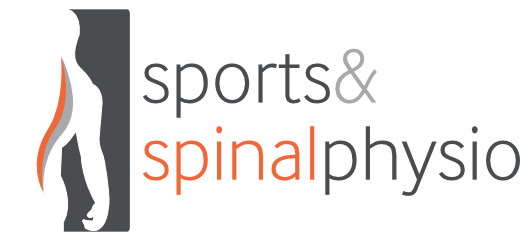News & Blog
Achilles pain – Tendonosis or tendonitis?
From the physio couch – Achilles Tendonosis
In the clinic we tend to see Achilles problems on a regular basis. Quite often people are coming to us after many months of pain despite various treatments and interventions. This week I (Dan) was interviewed for an online website one of the topics discussed was Achilles Tendonosis. With the marathon season upon us I thought I would share the transcript with you.
1. What is the Achilles Tendon and what does it do?
The Achilles tendon essentially connects the calf muscles Gastrocneimus and Soleus to the heel bone. When the calf muscles contract the tendon points the foot down and pushes the heel and foot off the ground. A good example of this occurs when we stand on our tip toes.
2. What is Achilles Tendonosis?
A chronic (long standing) condition occurring in middle aged people (35-55) that affects the tendon near its attachment at the heel. The tendon becomes painful, thickened and degenerative (worn) and is often weak.
3. What is the difference between tendonitis and tendonosis?
Tendonitis is the word we use to describe an inflammed tendon. If the inflammation reduces but the tendon remains thickened/painful we then use the term tendonosis (no longer inflammed more in a state of disruption/unresolved). Tendonitis should resolve within a few weeks.
4. What are the main causes of this injury?
Faulty foot/leg biomechanics (the way the foot interacts with the ground during walking/running), poor sports footwear, poor training methods, increasing training distance or speed too quickly.
5. What are the symptoms?
Swelling/thickening located around the lower Achilles and pain with weight bearing or walking, especially when descending stairs in the morning.
6. How is Achilies Tendonosis diagnosed?
A history of pain and stiffness in the affected area for more than a few weeks is a big clue however diagnosis is confirmed on examination of the tendon.
7. How is it treated by the physiotherapist?
· An eccentric loading programme should be used to improve the health and strength of the tendon. This type of exercise encourages new tendon cells to the affected area which brings about repair.
· Use of orthoses (shoe insert) to control the foot and improve biomechanics.
· Correct footwear for sports – seek professional advice on the model/make of the shoe that is most appropriate for your foot (gait analysis is very important).
· Exercise to improve core stability and lower limb biomechanics as required.
· Stretches to lengthen short muscles
8. How long does healing take?
This depends on how long standing the condition is and whether or not the person affected does exactly as they are told! A tendon cell takes approximately 4 months to mature so at the very least patients are looking at this amount of time before the tendon has undergone enough healing that they can resume activities safely, however it can take some people up to 12 months for total resolution of symptoms.
9. Is there ever a need for surgery?
In some instances there is an in-growth of blood vessel and nerve endings (neovacularisation) into the healing tendon. This can continue to cause pain and dysfunction and will require a series of injections. Occasionally surgery will be required to strip out diseased tendon tissue and stimulate new tissue to grow.
10. What, if anything, can people do to avoid getting Achilles Tendonosis?
· Train sensibly – increase running distance slowly- guidelines suggest 10% per week
· Wear the correct shoe for your foot – seek professional advice from a physiotherapist or podiatrist to get good advice before buying your shoes.
· Work on conditioning the leg especially the calf muscles.
· Improve your core control and strength to aid biomechanics.
· Static stretching of the Achilles might aggravate the problem – seek advice as to whether you need to do this.
· Seek professional advice early to prevent the problem becoming chronic – early treatment will safe time in the end!
We hope you enjoyed our newsletter if you have any questions relating to any of the topics or suggestions for future newsletters please don’t hesitate to contact us.
Stay healthy,
Dan Smith BSc Phys MCSP
Sports and Spinal Physio
01277 246 400
dan@sportsandspinalphysio.co.uk
www.sportsandspinalphysio.co.uk
www.twitter.com/SSPhysio
www.facebook.com/sportsandspinalphysio
